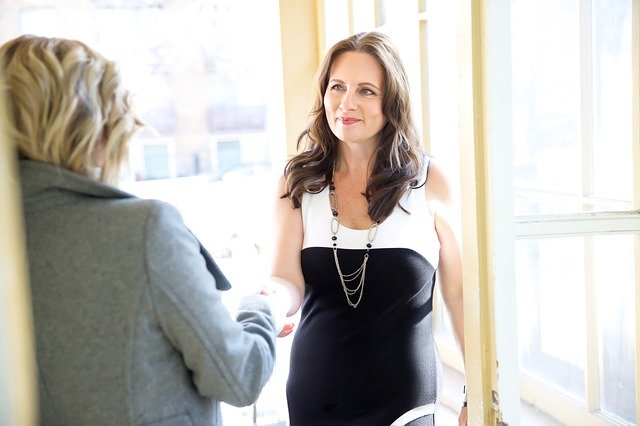There’s an art to interviewing. While small businesses and startups frequently tend towards informal hiring procedures, giving thought and applying a few structures to your interview procedure will mean it is more efficient and more inclusive. The companies that do interviews great carefully consider the journey of the applicant via every stage and design a system that works as a 2-way discovery process one that helps both you and the candidate evaluate whether there is a good fit.
Making a new hire needs a lot of time and effort which is no big secret if you are a recruiter. But it isn’t recruiters dedicating their resources to hire: Everybody from hiring managers and potential team members to senior leaders and receptionists can be called in to participate in some aspects of the interview process. Still for an activity that touches a lot of people, interviewing isn’t given the respect it deserves. Below are a few steps to design the best interview process.
Write the job profile
The interview process must be based on a detailed job description and profile. You possibly have a version of this that you used for job posting, but it requires more fleshing out before it is used for interviews. Think about what the person you are hiring will do, what their goals will be, what they’ll have done in the past, and what you will expect them to achieve in their first 3, 6, 9, or 12 months in the role. To make sure your hiring process is inclusive and acknowledges that people from several different backgrounds can be successful in the role, ensure this job profile concentrates on work that should be done, instead of on the ‘ideal’ person you are looking for.
Create an assessment rubric
Once you have a job profile, utilize it to define a list of important attributes that are essential for the position, then outline certain criteria that will demonstrate that attribute. For instance, Medium’s engineering interview process defines the ‘capability to build software’ as an essential attribute required, outlining code fluency, basic computer science knowledge, and ‘system design’ as important criteria for demonstrating that applicants have that attribute. Then make an assessment rubric that will help you grade the capability of the candidate against each of the criteria on a predetermined scale.
Develop the interview process and panel
Think and decide how many interviews a candidate will have to go through, and who will interview them. Many rounds and interviewers will change depending on the company’s size, but the need for a clean process and plan for who will interview the candidate when is universal.
Include an assignment or test
Completed work is one of the great ways to predict future performance. So, consider involving a written test or assignment that relates to the tasks the candidate will have to perform in their role. However, be sure the task is manageable and designed to be completed in a reasonable timeframe.
Run structured interviews
Be sure every interviewer prepares their questions in advance and asks all candidates the same set of questions. Interviewers should listen for instances and look for observations that demonstrate capability against each of the criteria for the role that’s in your assessment rubric and write these down. They should fill out the assessment rubric instantly after every interview to ensure it is a close representation of what the interview was like.
Compile feedback and make a decision
Make sure that everybody included in the decision-making process has completed their review and written it down before you come together to discuss. This makes sure that the original reactions of the interviewer are the basis for the conversations and that the views of one person do not affect the feedback of all people.
Communicate decisions
Do not forget to communicate outcomes to everybody you interviewed, not the successful candidate. It can sound clear, but this’s regularly forgotten and is one of the ways to ruin an otherwise best process. Remember, the great interviewing procedures leave even unsuccessful candidates with the best impression of your company. Hiring and interviewing is not easy. At the day’s end, we all want to hire candidates that will help our organizations go from good to great. With a structured procedure and scorecards, making these decisions can become much easy and paint a clear image of all the candidates that come via the door. With a great procedure, the right people, and the right data, hiring and interviewing can be much less of a beast to tackle.

